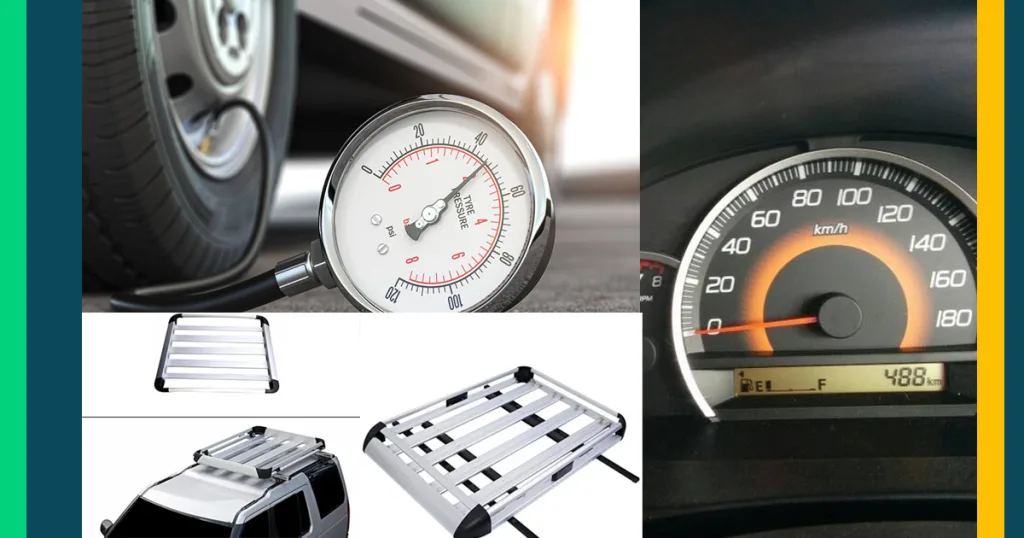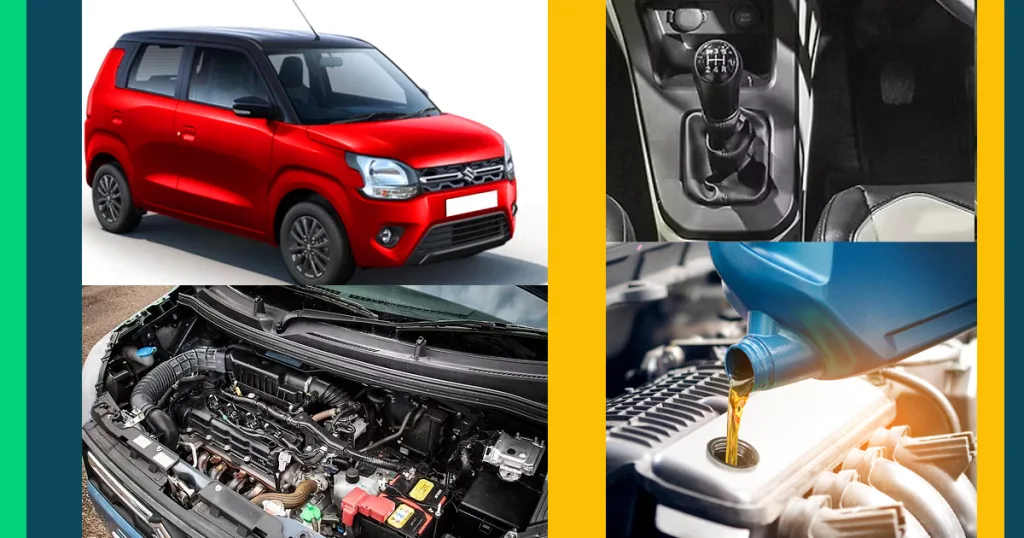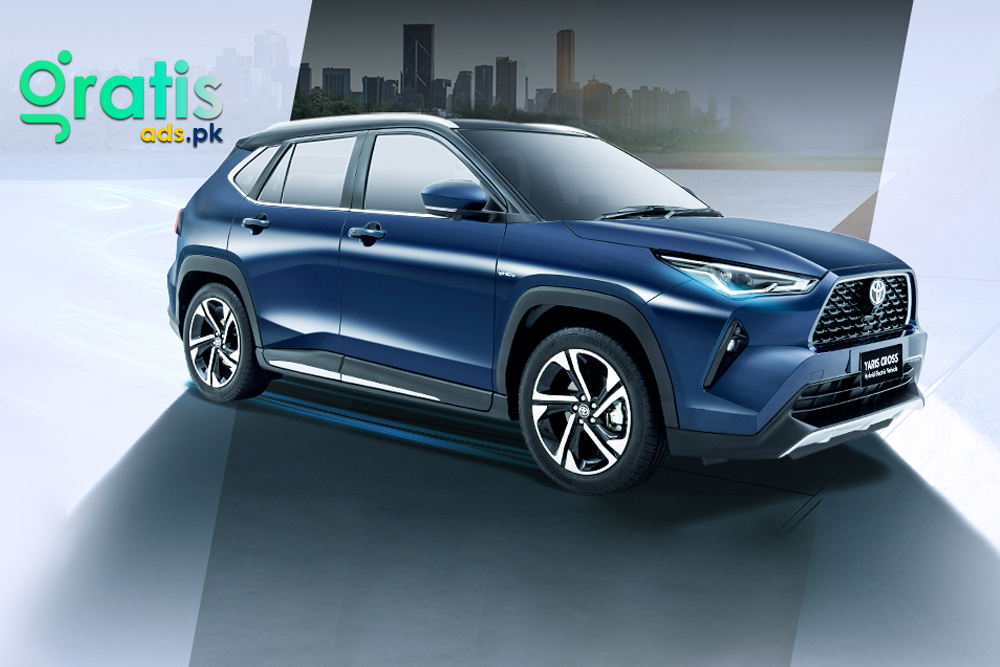
Wagon R Fuel Average in City & Highway | Real Mileage Guide
If you own or are thinking about buying a Wagon R, one of the top questions is: What fuel average can I expect? Fuel economy varies by model year, engine size, gearbox, driving style, and conditions. This post breaks down realistic Wagon R fuel averages (km/l), explains what affects them, and gives practical tips to squeeze out better numbers.
Typical Wagon R fuel average (real-world ranges)
These are practical, on-road ranges that many owners report. Exact numbers will vary by model year and region.
- City driving (stop-and-go): 16–20 km/l
- Highway driving (steady speeds): 20–25 km/l
- Combined/real-world average: 18–22 km/l
Notes:
- Manual (MT) versions usually give slightly better economy than automatics/AMT in similar conditions.
- Heavier loads, aggressive acceleration, and steep hills reduce the km/l.
- Newer engines with better engine management or mild hybrid tech (if present) can be at the higher end.
Quick comparison table
| Condition / Variant | Typical Fuel Average (km/l) |
| City: Manual | 16–20 |
| Highway: Manual | 22–25 |
| City: AMT/Automatic | 15–19 |
| Combined: Everyday use | 18–22 |
What affects the Wagon R fuel average?

- Driving style: Rapid acceleration and hard braking kill economy. Smooth driving wins.
- Traffic & route: City congestion lowers the average; steady highway cruising raises it.
- Gear selection: Staying in the correct gear and shifting early improves economy.
- Tyre pressure & condition: Underinflated tyres increase rolling resistance.
- Load & accessories: Heavy cargo, roof racks, AC on high, all increase fuel use.
- Maintenance: Dirty air filters, old spark plugs, and poor engine tuning reduce efficiency.
- Fuel quality: Low-grade fuel can reduce km/l and engine performance.
- Temperature: Very cold weather temporarily lowers the economy (longer warm-up, denser air).
11 Practical tips to improve your Wagon R fuel average

- Anticipate traffic: Coast to stops instead of braking late.
- Smooth acceleration: Gentle throttle input boosts km/l.
- Shift smart (manuals): Shift up early, but avoid lugging the engine.
- Use AC wisely: At low speeds, AC costs more; at highway speeds it’s more efficient than open windows.
- Keep tyres properly inflated: Check weekly.
- Regular servicing: Fresh air filter, spark plugs and timely oil changes matter.
- Remove extra weight: Don’t carry unnecessary cargo.
- Avoid idling: Turn off the engine if stopped for extended periods.
- Check wheel alignment: Misalignment increases drag and fuel use.
- Use recommended engine oil: Thinner oils (as recommended) reduce friction.
- Plan routes: Combine errands and choose routes with fewer stops.
How to measure your Wagon R’s real fuel average (simple method)
- Fill the tank to full and reset the trip meter (or note odometer).
- Drive normally until next refill. Note kilometers driven.
- Refill to full and record liters added.
- Calculate: Fuel average (km/l) = kilometers driven ÷ liters used.
Example: If you drove 420 km and refilled 24 L → 420 ÷ 24 = 17.5 km/l.
Frequently Asked Questions
In typical city conditions, the Wagon R delivers between 16 and 20 km per liter depending on traffic and driving style.
Yes, the automatic or AMT versions usually consume slightly more fuel, although modern systems are becoming more efficient.
In most cases, using high-octane petrol will not improve fuel efficiency unless the engine is specifically designed for it. Always use the fuel grade recommended in the owner’s manual.
Conclusion
The Wagon R is known for sensible running costs and good urban fuel economy. Expect a realistic combined average around 18–22 km/l, with highway figures higher and city figures lower. The biggest gains come from smooth driving, regular maintenance, and removing unnecessary weight. Follow the tips above and you’ll likely see measurable improvements on your next fill-up.






